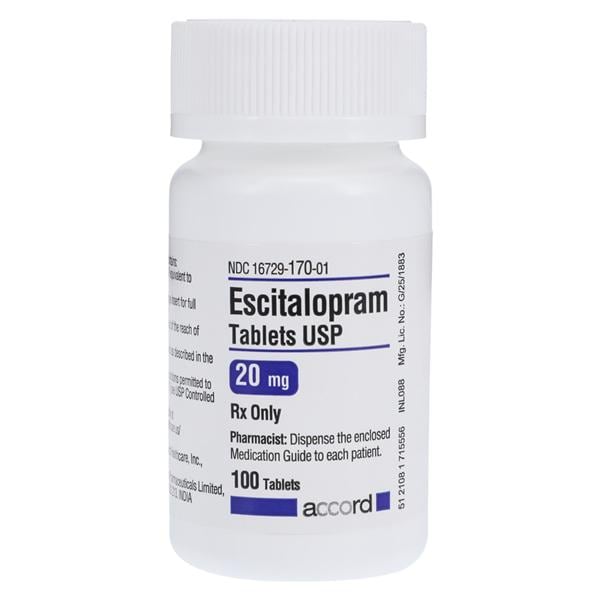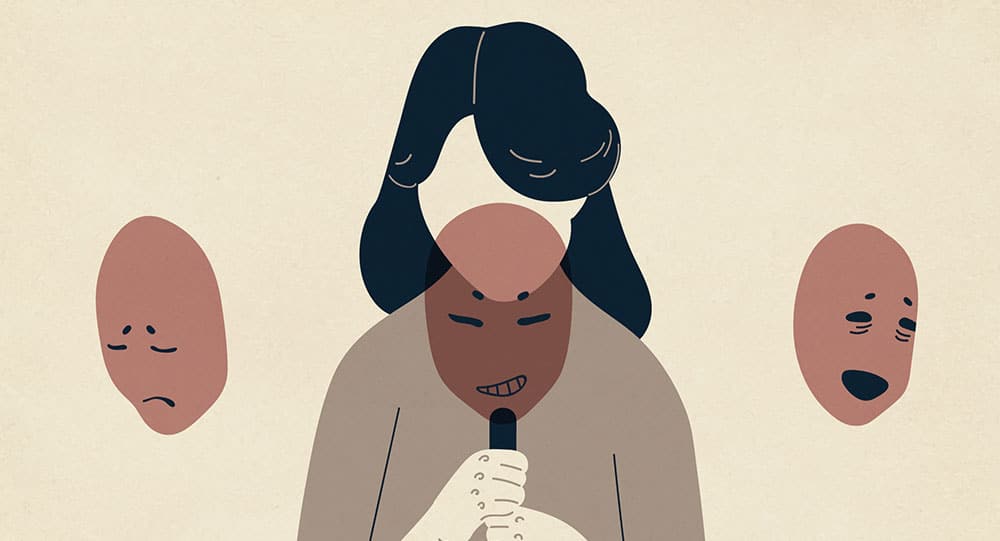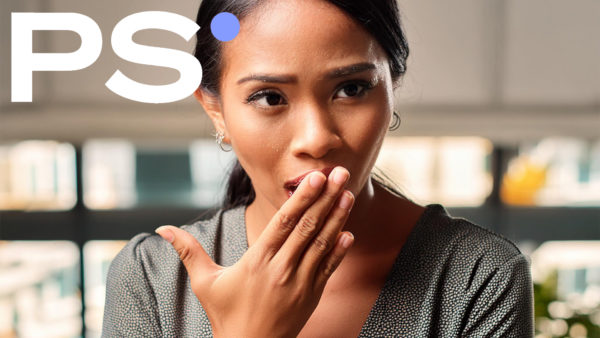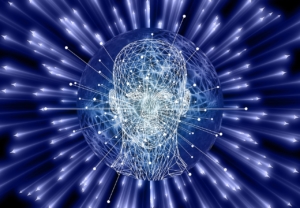

Depression is a common mental health condition that affects millions of people worldwide. While psychotherapy is often recommended for mild cases, pharmacotherapy with Selective Serotonin Reuptake Inhibitors (SSRIs) is commonly used for moderate-to-severe depression. However, SSRIs have their limitations, including moderate effectiveness, delayed therapeutic response, and comparable treatment discontinuation rates to placebo. To explore alternative treatments, a new study examined the effects on how we process emotions after taking antidepressants and psilocybin. More specifically, the researchers compared psilocybin therapy with escitalopram (Lexapro), an SSRI commonly used as an antidepressant.
One common side effect of SSRIs is “emotional blunting,” which refers to a restricted range or intensity of emotional experience. This blunting may be caused by increased serotonin activity on inhibitory receptors in the brain circuits associated with emotions and pleasure. In contrast, emerging treatments like psilocybin therapy and ketamine have shown promise in treating depression without causing emotional blunting.
The present study aimed to directly compare the effects of antidepressants and psilocybin therapy on the brain in a double-blinded, randomized-controlled trial. The researchers specifically focused on examining how the two treatments affect the brain’s responsiveness to emotional faces. To do this, they used functional MRI (fMRI), a type of brain imaging commonly used in depression research, along with emotional face perception paradigms.
Read Also: Can You Combine Psychedelics and Antidepressants? A Dive into Potential Interactions and Safety
How did they do it?

The study enrolled participants through trial networks, social media, and other sources, and a rigorous screening process was conducted to ensure the inclusion of suitable candidates. Ultimately, 30 patients were assigned to the psilocybin arm of the study, while 29 were assigned to the escitalopram arm. Due to side effects or COVID-19 lockdowns, some participants discontinued treatment or did not complete the second fMRI visit. As a result, 21 subjects were available for analysis in the escitalopram arm, and 25 in the psilocybin arm.
During the fMRI task, participants were shown stimuli with three different facial expressions: fear, happiness, and neutrality. The task involved blocks of five images of the same type, with each image displayed for 3 seconds. MRI scans were conducted at three different time points: baseline (before any therapeutic intervention), six weeks after the first dosing day, and one day after the six-week endpoint.
MRI scanning was performed at baseline (prior to any therapeutic intervention), six weeks after the first dosing day, and one day after the six-week endpoint. The psilocybin group received two doses of 25mg psilocybin, three weeks apart, while the escitalopram group received 1mg doses of psilocybin (acting as a control/placebo) on two dosing visits, also three weeks apart. Participants in the psilocybin group were instructed to take placebo capsules daily between dosing sessions, while those in the escitalopram group received encapsulated escitalopram and were instructed to take the appropriate dosage daily. The second MRI scan for both groups occurred on the day of the final capsule ingestion.
To assess the participants’ experiences and the impact of the treatments, several scales were used. The Quick Inventory of Depression Score (QIDS-SR16) measured the severity of depression symptoms, while the Beck Depression Inventory (BDI) assessed changes in mood, behaviors, and thoughts related to depression. The Warwick-Edinburgh Mental Well-being Scale (WEMWBS) evaluated overall well-being and positive feelings, and the Snaith-Hamilton Pleasure Scale (SHAPS) focused on anhedonia, the loss of interest or pleasure in activities. The Laukes Emotional Intensity Scale (LEIS) measured emotional function, and the PRSexDQ scale examined changes in sexual function.
By using these scales, the researchers could get a quantitative understanding of how the participants’ depression, well-being, anhedonia, emotional function, and sexual function changed after receiving antidepressants and psilocybin.
What did the results show about antidepressants vs. psilocybin?

The results of the study revealed intriguing findings. The group that received escitalopram treatment showed a change in their brain activity. After the treatment, their brains became less responsive to emotions, as if they were less sensitive to feelings of happiness, fear, or sadness. In contrast, the group that underwent psilocybin therapy didn’t display the same change. Their brains either remained the same or sometimes even became more responsive to emotions.
When specific brain areas important for emotions were examined, escitalopram had a more substantial impact on reducing their activity. These regions of the brain became less active in the escitalopram group after treatment, which may explain why individuals taking escitalopram felt less intense emotions.
In the escitalopram group, patients who experienced less emotional intensity or had a harder time connecting with their emotions (lower scores on the LEIS scale) had a stronger response to the treatment in terms of reducing their depression symptoms. On the other hand, in the psilocybin group, higher emotional function after therapy was associated with greater improvement in depression scores. This suggests that while escitalopram decreases emotional sensitivity, psilocybin therapy promotes emotional acceptance and enhances emotional function, leading to positive clinical outcomes.
Interestingly, even though the psilocybin group experienced significant improvements in depression, the therapy didn’t have a big effect on how their brains responded to emotional situations. In contrast, the reduced emotional responsiveness observed in the escitalopram group may be a sign that the medication is working to relieve depressive symptoms. This difference in brain responses shows that the two treatments, antidepressants and psilocybin therapy, have different effects on emotions and how the brain reacts to them.
You May Also Like: New Study Reveals Microdosing Could Make You Feel More Authentic
What does this all mean?
In conclusion, the study findings indicate that escitalopram and psilocybin therapy have different effects on our brains and emotions. Escitalopram, being an SSRI, reduces the brain’s responsiveness to emotions. This decrease in responsiveness is believed to be linked to the activation of inhibitory 5-HT1A receptors in the emotional regions of the brain. As a result, individuals taking SSRIs may experience emotional blunting and a loss of sexual function.

In contrast, psilocybin therapy, unlike traditional antidepressants, does not suppress our emotions or make us less sensitive to them. Psilocybin directly activates a different set of serotonin receptors, particularly the 5-HT2A receptor subtype. These receptors are associated with something called neuroplasticity, which refers to the brain’s ability to change and adapt. Psilocybin therapy encourages emotional release and facilitates a reconnection with our feelings. This aspect is considered crucial in how psilocybin therapy works to improve depression symptoms. Previous research has shown that psilocybin therapy enhances the brain’s functional integrity and flexibility, which are important factors for our mental well-being.
However, it is important to acknowledge a possible limitation of the study. The timing of the brain scans differed for the two groups. For the escitalopram group, the scans were conducted immediately after the last medication dose when its concentration in the body was at its highest. On the other hand, the scans for the psilocybin group took place three weeks after their second psilocybin session. This discrepancy in timing might explain the smaller changes observed in the psilocybin group’s brain activity. Nevertheless, the positive effects of psilocybin therapy on depression remained strong even at the six-week follow-up. Further research is warranted to explore and refine these treatment approaches and understand the difference between antidepressants and psilocybin more, taking into account their individual differences and personalization in depression management.





